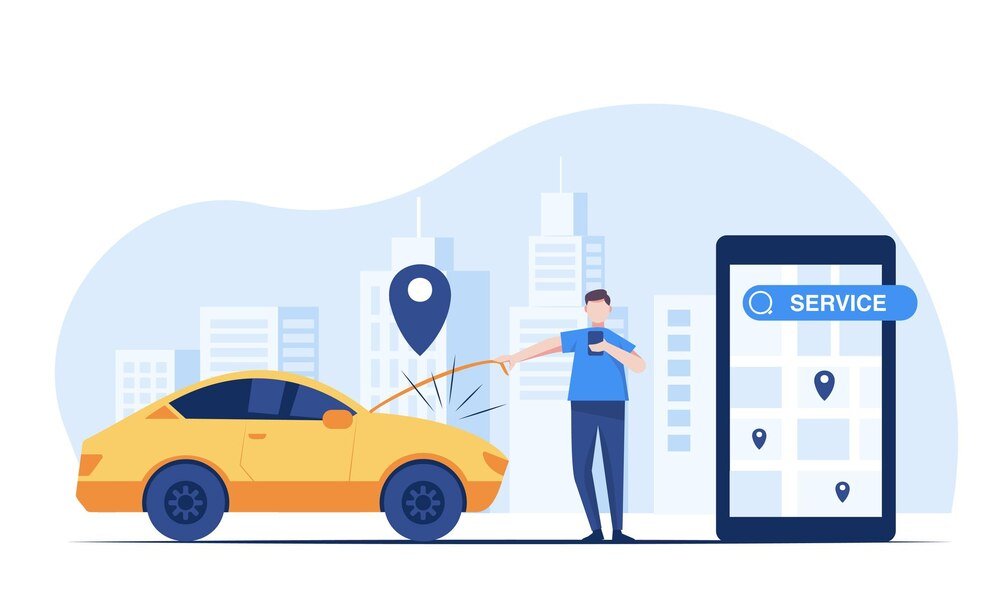The Impact of Autonomous Vehicles on Auto Insurance
Viajespasion.com– The Impact of Autonomous Vehicles on Auto Insurance. Self-driving cars are about to change the way we drive forever. As technology gets better, these self-driving cars promise to make transportation safer and more efficient. But when they come out, they make big changes in many areas, including car insurance. This piece talks about how self-driving cars will affect auto insurance, pointing out both the problems and the chances they create.
Understanding Autonomous Vehicles
Autonomous vehicles, which are also called “self-driving cars,” use sensors, cameras, and artificial intelligence to get around on the roads without any help from a person. These cars can sense and react to their surroundings, making decisions in real time to keep drivers safe. As they become more common, it’s important to know how they will change car insurance.
Levels of Automation
There are six stages of automation for self-driving cars, from Level 0 (no automation) to Level 5 (full automation). Each level represents a higher level of independence, with Level 5 vehicles being able to do all driving jobs on their own. Knowing these numbers helps insurance companies figure out how dangerous each type of self-driving car is.
Shifting Liability
The change in who is responsible is one of the most important effects of self-driving cars on auto insurance. Drivers have traditionally been blamed for crashes. If, on the other hand, cars drive themselves, the manufacturer or program developer may be responsible instead of the driver. With this change, there are a lot of questions about who will be responsible for paying for damages if there is an accident.
Manufacturer Liability
As self-driving cars get better, makers will probably have to deal with more liability. If a self-driving car breaks down and causes an accident, the company that made the car could be held responsible. Because of this change in liability, car insurance policies will need to change too, with a focus on covering product liability more.
Software and Data Liability
The software that runs self-driving cars is very important to how they work. Because of a bug in the software or a break in security, the person who made the software might be responsible for an accident. Also, the huge amounts of data that these vehicles will produce will need to be managed and kept safe, which raises privacy and security issues.
Changes in Insurance Models
When self-driving cars come out, standard auto insurance models will need to change. Insurance companies will have to change their rules to cover the new risks that come with self-driving cars. Both the way insurance is underwritten and the types of coverage that are available will change because of these changes.
Usage-Based Insurance
With self-driving cars, usage-based insurance (UBI) plans may become more common. Telematics are used by UBI plans to track how people drive and change premiums based on that information. This method lets insurance companies offer more customized coverage, which is in line with the lower danger of self-driving cars.
Reduced Premiums
Insurance rates may go down because self-driving cars are thought to make crashes less likely. Self-driving cars are made to follow the rules of the road and avoid accidents, which could mean fewer claims. This lower risk could mean that insurers pay less each month.
New Coverage Needs
Autonomous cars may lower some risks, but they also make new ones. To deal with these new risks and give policyholders full security, insurers will have to come up with new types of coverage.
Cybersecurity Coverage
Cyberattacks are possible on self-driving cars because they depend more and more on software and communication. Hackers could take over a self-driving car, which could cause crashes or data breaches. The only way to protect against these threats is for insurers to offer computer coverage.
Product Liability Insurance
It will be more important to have product liability insurance as the responsibility for mistakes moves to manufacturers and software writers. This coverage protects you from claims that the car is defective because of flaws in the way it was designed or made. To make sure there is enough security, insurers will have to work with manufacturers.
Regulatory Challenges
The use of self-driving cars will also cause problems with regulations. To control the use of self-driving cars and figure out what this means for auto insurance, governments and regulatory groups will have to make new laws and rules.
Standardizing Regulations
To keep the insurance business fair and consistent, it will be important to come up with standard rules for self-driving cars. These rules should spell out standards for safety, data privacy, and liability. This will give insurers a way to make sure their plans are right.
Encouraging Innovation
There should be a balance between protecting clients and encouraging new ideas in regulations. Autonomous car technology is changing quickly, and rules that are too strict could slow its progress. To make rules that are flexible and look to the future, policymakers will need to work closely with the insurance business.
Conclusion
Self-driving cars will have a huge and far-reaching effect on auto insurance. If more people get cars that can drive themselves, insurance companies will have to change their rules to cover new risks and changing responsibilities. This change brings both problems and chances, and insurers, producers, and regulators need to work together to solve them. Understanding what self-driving cars mean for policyholders and the growth of this game-changing technology can help the insurance business come up with new ways to protect policyholders.
In the age of self-driving cars, it will be important for insurance to adapt to these changes and stay ahead of the curve. By doing this, they can make sure they are ready for the future of car insurance and offer full coverage for how transportation is changing.

